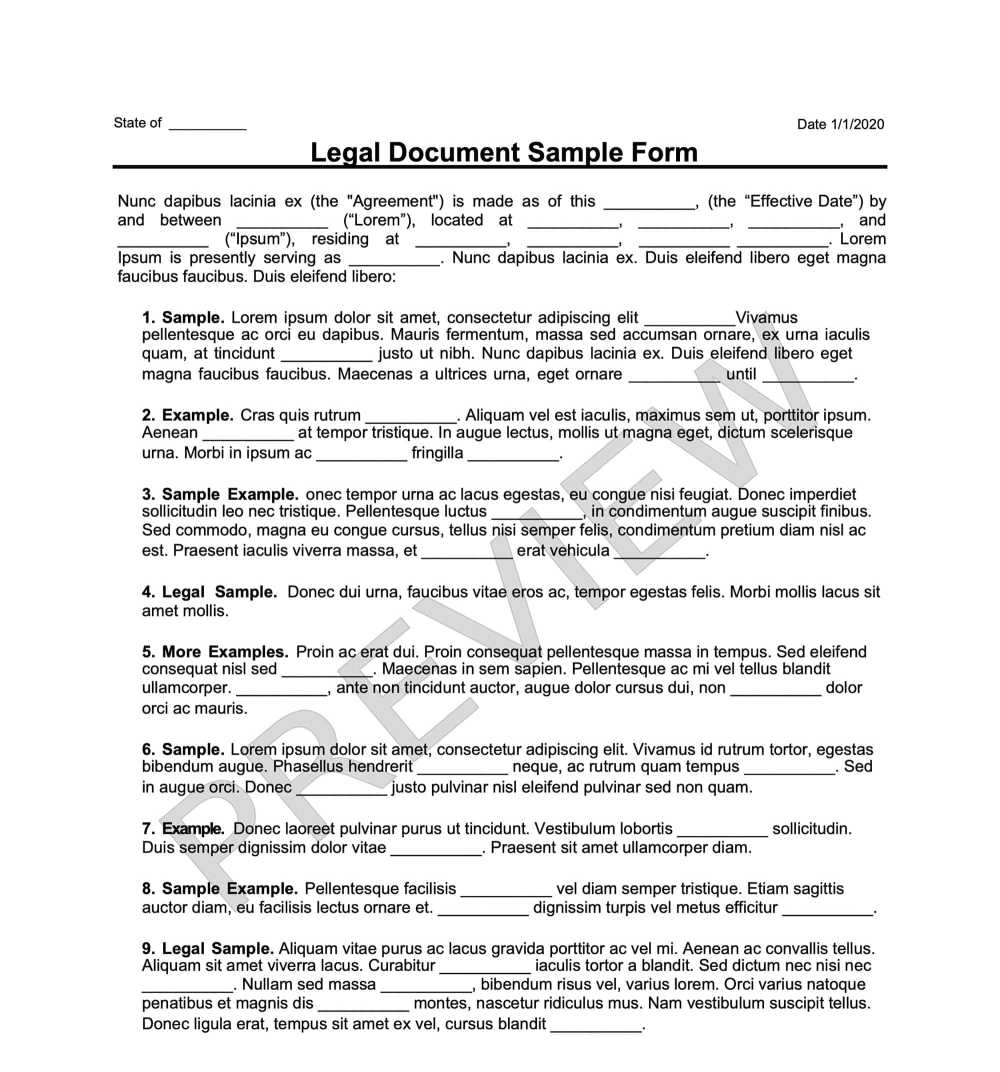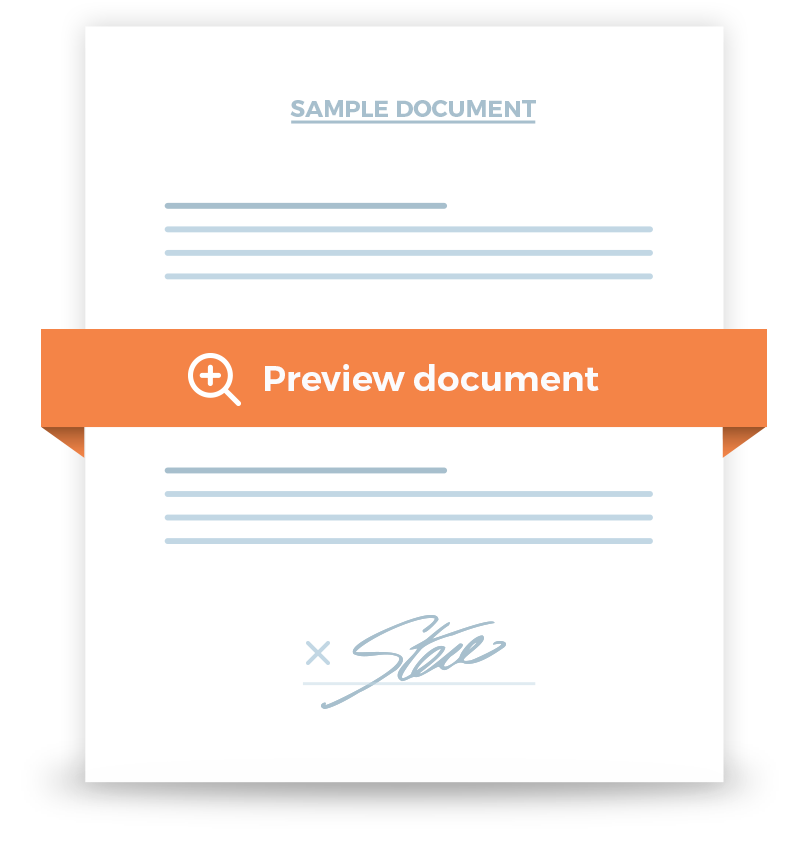Confidential Tolling and Standstill Agreement
In a Confidentiality and Stand Still Agreement, two parties agree to keep specific information confidential and to limit certain actions of the receiving party for a set period.


Frequently Asked Questions
It depends on the parties involved. Typically, the receiving party will want to keep this period as short as possible. Common shareholders may also pressure the disclosing party to keep this period as short as possible to avoid limiting their potential returns in a merger or acquisition. As the disclosing party, more time gives you more flexibility to negotiate.
It’s useful to describe exactly what is not considered confidential information but some information will be excluded even if it is not expressly described as such. This includes information already known in the industry, information gained through independent research, information rightfully gained from documents disclosed by a government agency, etc.
As a legally binding agreement, any violation of the Confidentiality and Stand Still Agreement gives the disclosing party the right to enforce the document in any legal way, such as suing for damages. Often, the agreement will include remedies and penalties in case of a breach and those will likely determine the course of action to deal with the violation.
Not exactly, but you can make certain disclosures contingent on the signing of a Confidentiality and Stand Still Agreement. Both parties are considered to be entering the agreement in good faith and would be completely invalidated if either party is coerced into participating.
It’s not uncommon for agreements of any kind to include provisions that are later found to be unenforceable. However, this doesn’t mean the entire agreement falls through. A severability clause protects all the remaining provisions in the agreement if any is ultimately unlawful or unenforceable.




